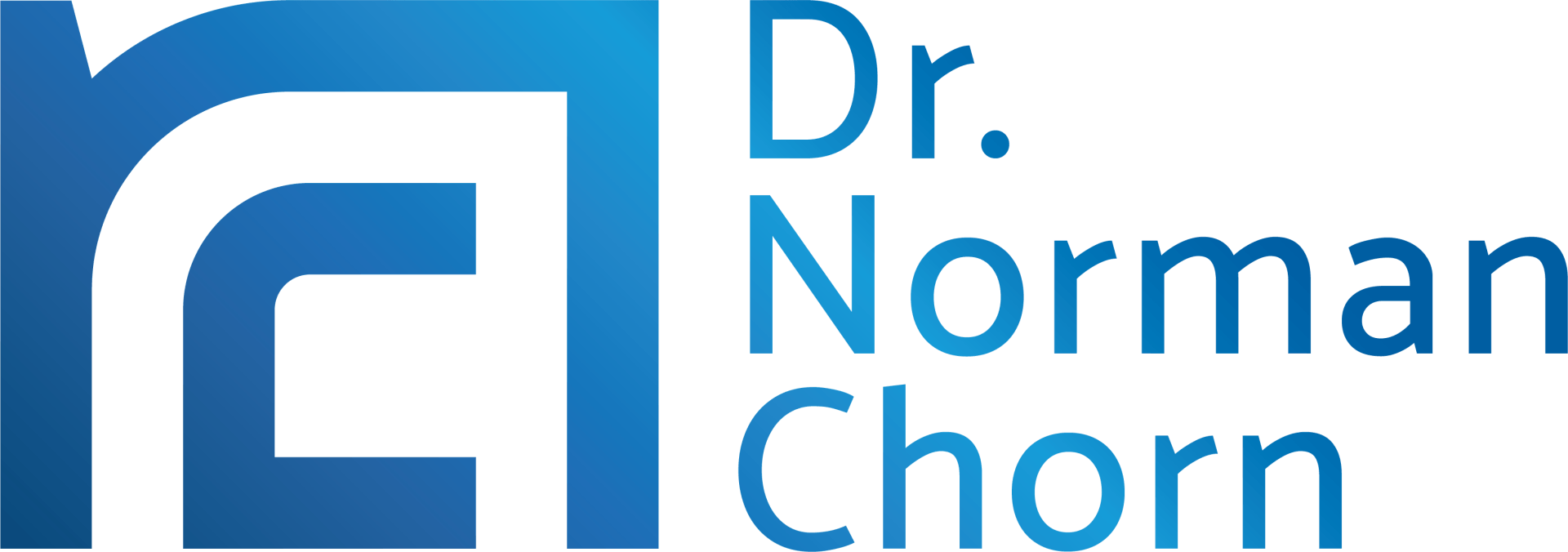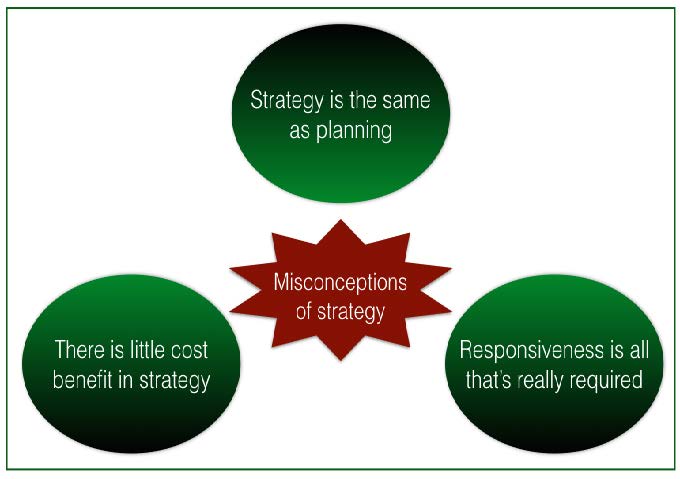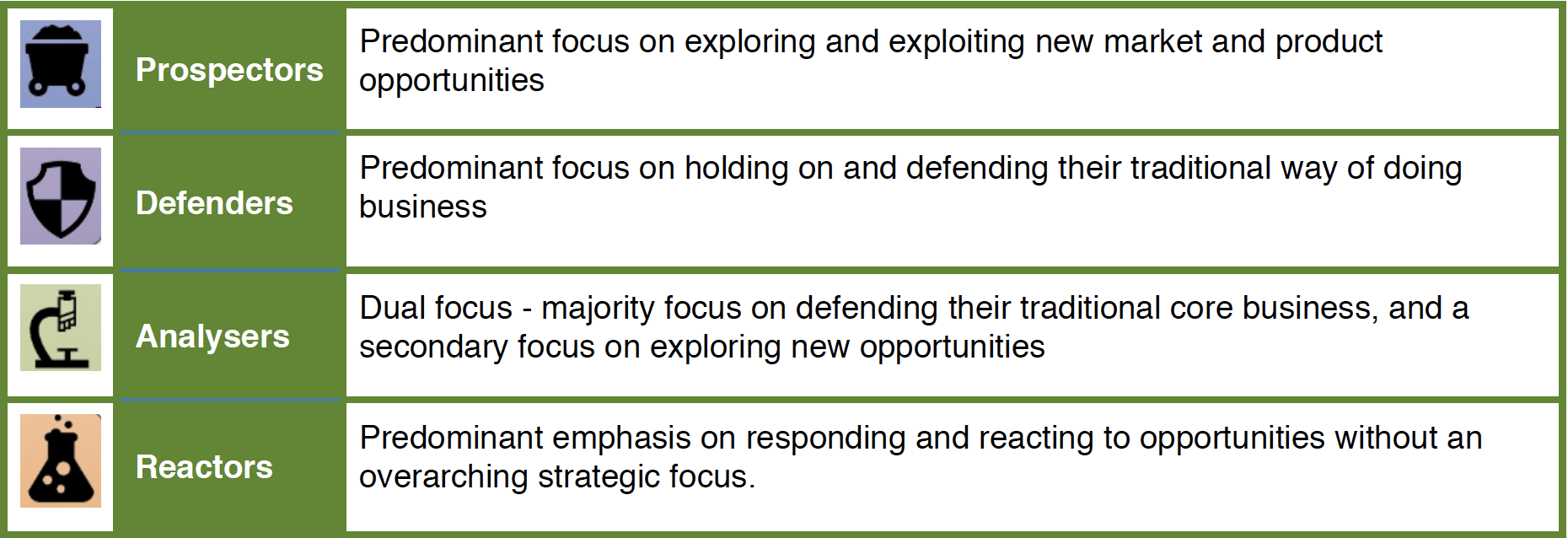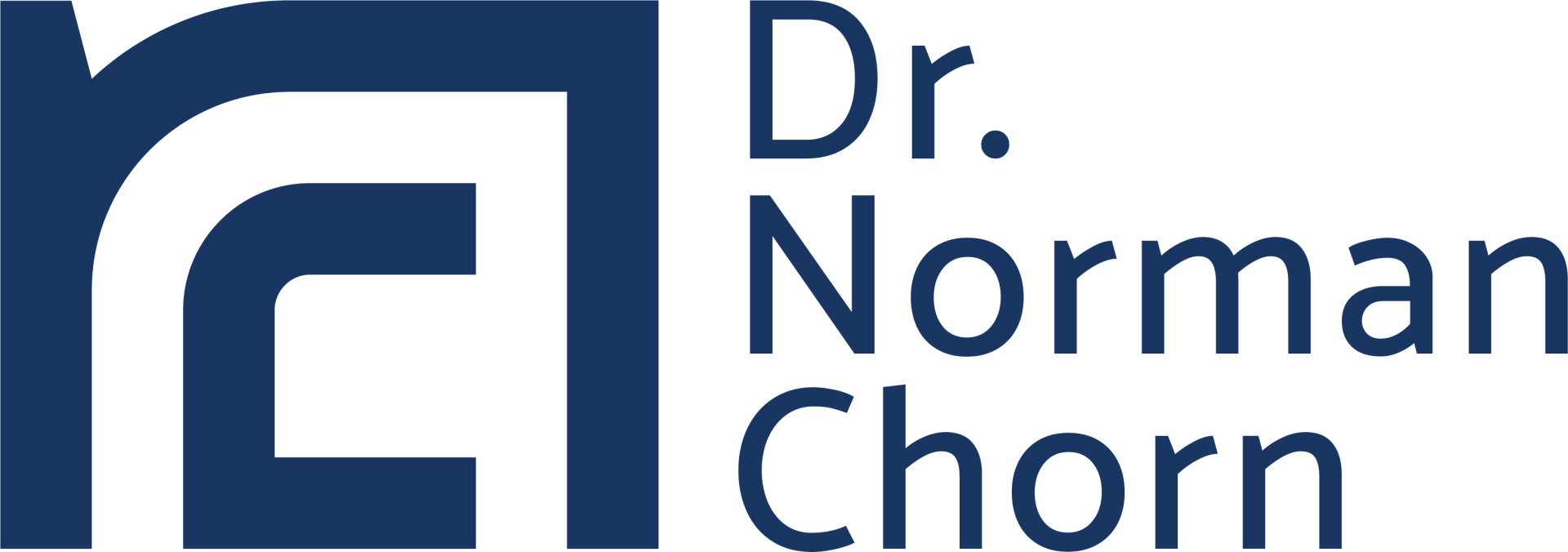A Premature Obituary?
Many pundits claim that strategy is dead and has no place in this uncertain and fast changing environment. They say it’s too slow and the outcomes are irrelevant as conditions change rapidly. Moreover, they argue, organisations should focus on being agile and concentrate on launching a series of short, sharp projects to respond to the changing environment.
My view is that this short term perspective is based on three flawed assumptions about strategy.
Why are these assumptions flawed?
1. Strategy is different to planning
Planning is a process where we set specific objectives ahead of the time, and then focus on the steps and
milestones to achieve these objectives. It is useful in a shorter timeframe where the conditions and constraints are relatively stable.
Strategy, on the other hand, is an ongoing learning process where we seek to position the organisation within its operating environment. It is fluid and is concerned with a series of aims rather than specific objectives.
It is NOT concerned with predicting or making assumptions about the future - but focuses on understanding the system within which the organisation operates, and identifying the various leverage points that might be used to advance the organisation’s position.
2. There is real payoff in developing strategy
Recent research across several industry sectors shows that organisations involved in strategic
conversations and setting (longer term) strategy consistently show superior economic and stakeholder performance.
Moreover, the research shows that the cost of short term approaches (a focus on simply being responsive and reactive to changes in the environment) is that these organisations become fragmented and slowly erode the value of their resources.
3. Agility is not a strategy
Agility is not a strategy - it is a means of developing and executing a strategy. Indeed, high levels of agility without an underpinning strategy could lead to a more rapid fragmentation and degradation of organisational capabilities.
A long-standing and robust typology of organisational styles is offered by Raymond Miles and Charles Snow in their description of organisations as:
Repeated research shows that Reactors have the poorest performance of the types - and that they experience more failure and ‘corporate rescues’.(See the longer version of this article for further detail).
Effective Strategy in Uncertainty
Three processes contribute to effective strategy in these conditions of change and uncertainty:
1. Build a rich picture
A rich picture is a systems-view of the system of which the organisation is a part. It graphically
represents the key elements in the system and their interdependencies; how and where the
organisation interacts with the system; and the potential leverage points that can be used by the
organisation to re-position itself. It is a key input into the next process - the strategic conversation.
2. Start a strategic conversation
Strategy is a conversation inside the organisation. Like most conversations, it benefits from wide
participation and a wide array of diverse perspectives.
Strategic conversations are systems with several components:
- An overall aim articulated by leadership
- Presentations by leadership to “frame” the conversation
- Executive blogs and posts
- Online discussions and forums
- Knowledge sharing platforms
- Workshops, meetings and discussions to explore detail
The strategic conversation provides an important input for the third process - the use of scenario thinking.
3. Use scenario thinking
Scenario thinking flips an issue that typically causes a logjam in strategy - an attempt to predict the future state of the environment. Rather than arguing about what the future holds, we focus on what the organisation will do in the event of a series of alternative futures.
Scenario thinking makes two important distinctions:
- We no longer focus on only one future - organisations face multiple futures in an uncertain environment
- We are no longer concerned with predicting the future. We focus instead on understanding the capabilities required by the organisation to thrive in the range of alternative futures. Even if the range of alternative futures is wide, there will usually be a set of common capabilities required across them all. These then become the subject of capability development.
By using the insights gathered through the strategic conversation, we generate a set of alternative futures faced by the organisation. The current business idea (value proposition, business model) is then wind-tunnelled in these different scenarios of the future.
By embracing the uncertainty in the environment (instead of simply predicting a single set of operating conditions), we are able to create a more resilient organisation for the future. In addition, we are able to generate a series of innovative ideas that can enhance the strategy and capability of the organisation.
Strategy is Alive and Well
Rather than being irrelevant in this fast changing environment - change and uncertainty are the very proving grounds for the real value of strategy. Rich pictures, strategic conversations and scenario thinking are three processes that can contribute to effective strategy for navigating through these times of uncertainty and change.
About Dr Norman Chorn
Dr Norman Chorn is a highly experienced business strategist helping organisations and individuals be resilient and adaptive for an uncertain future. Well known to many as the ‘business doctor’!
By integrating the principles of neuroscience with strategy and economics Norman achieves innovative approaches to achieve peak performance within organisations. He specialises in creating strategy for the rapidly changing and uncertain future and can help you and your organisation.
Subscribe to our regular articles, insights and thought leadership






